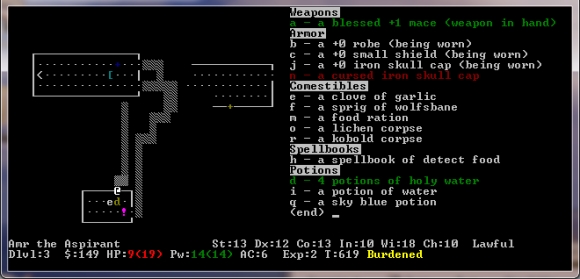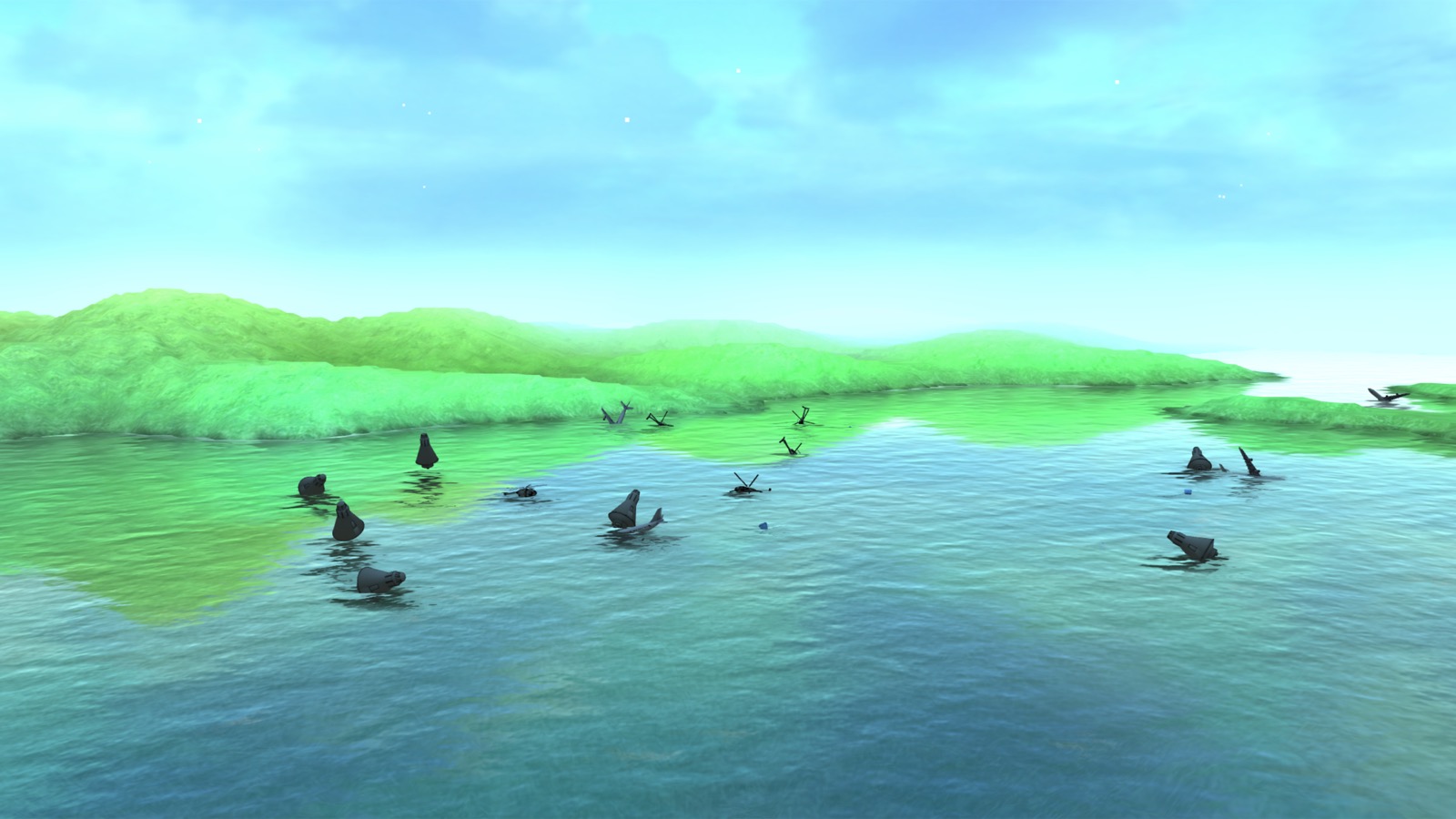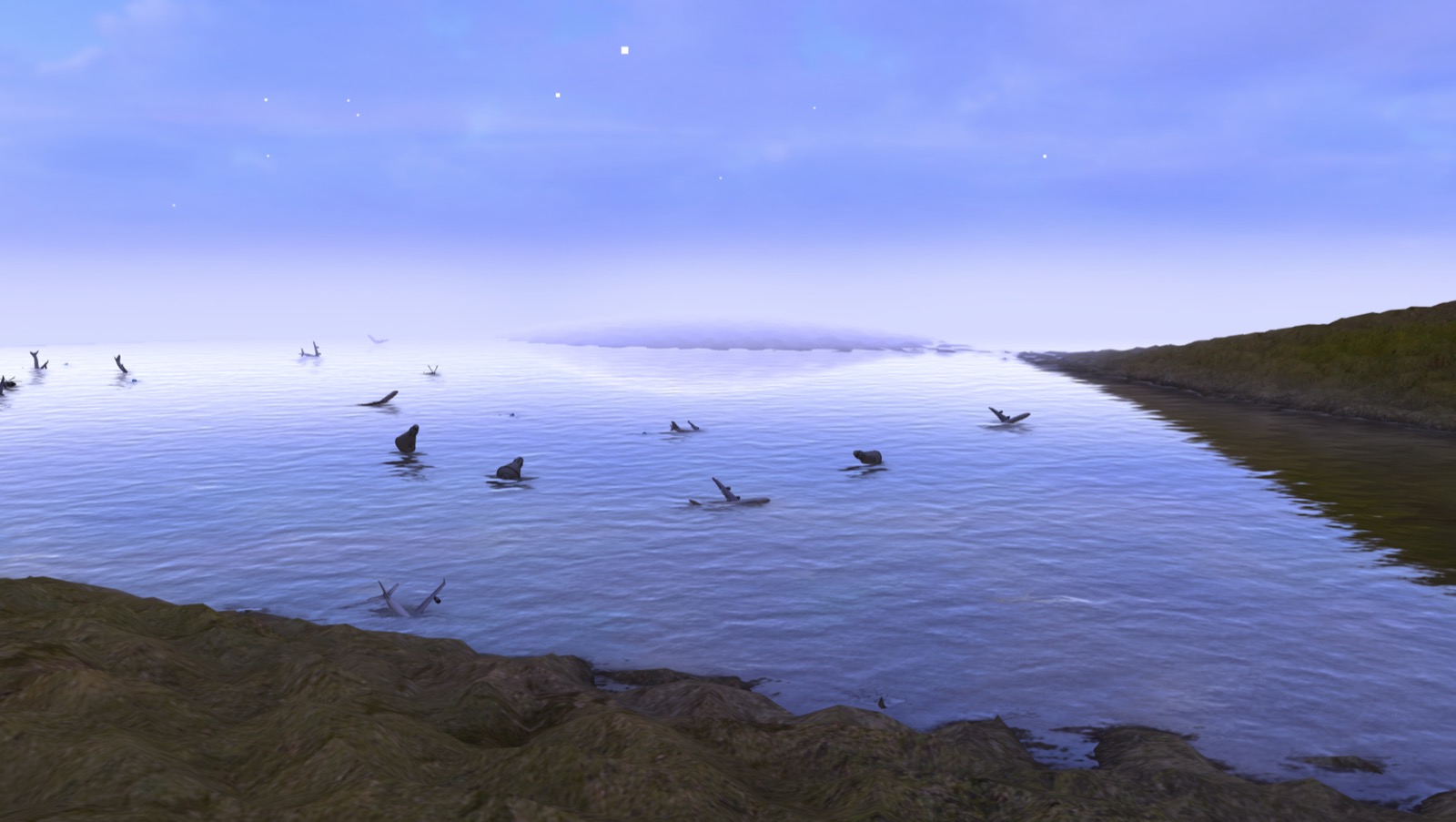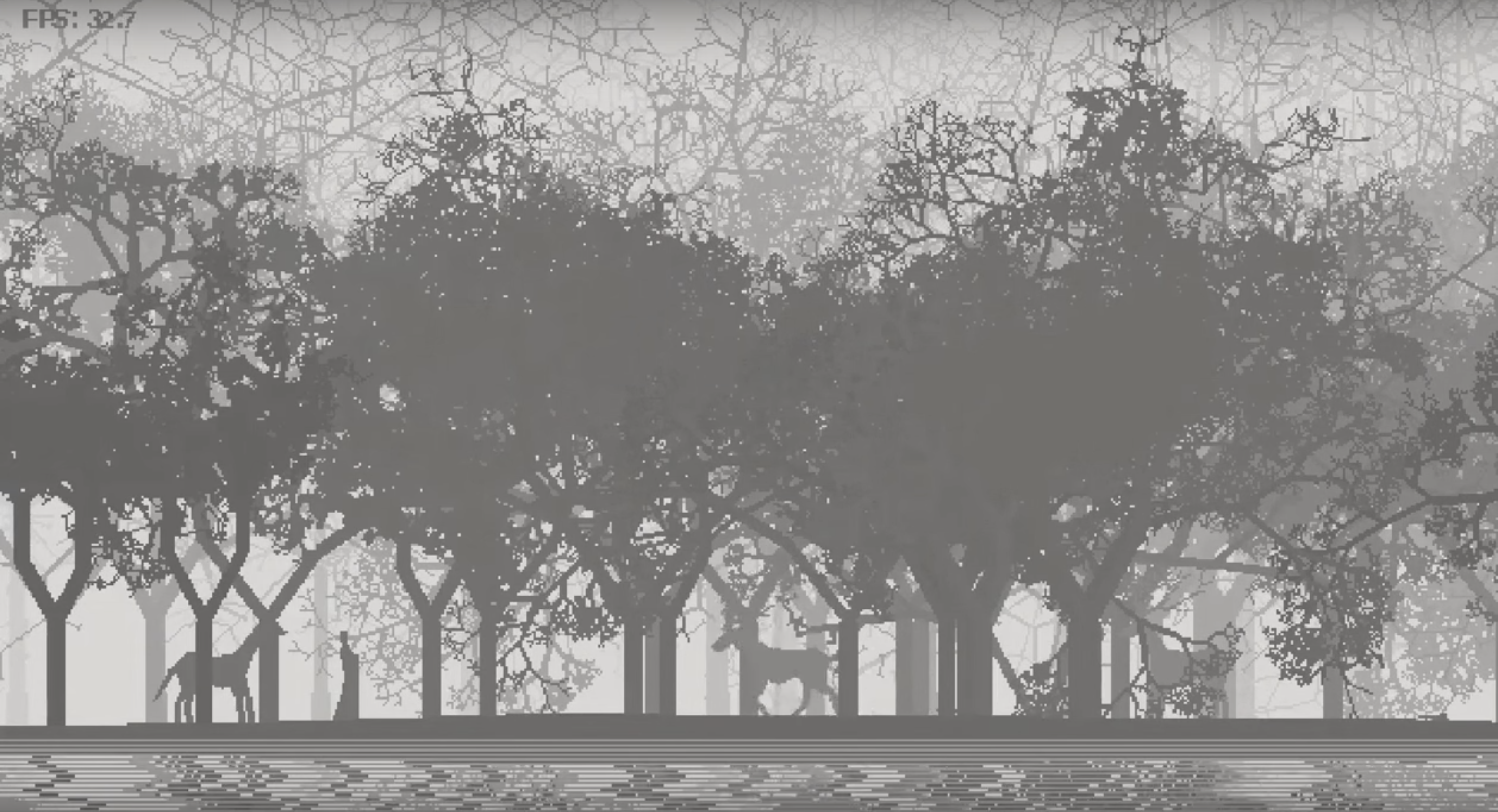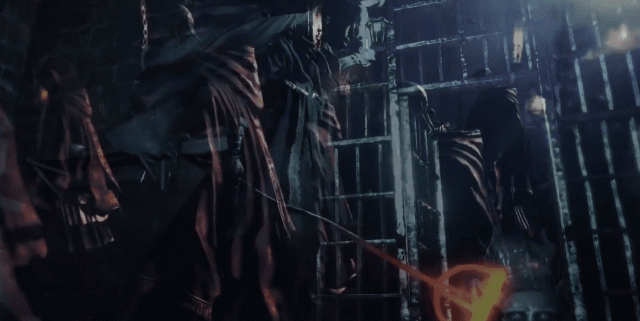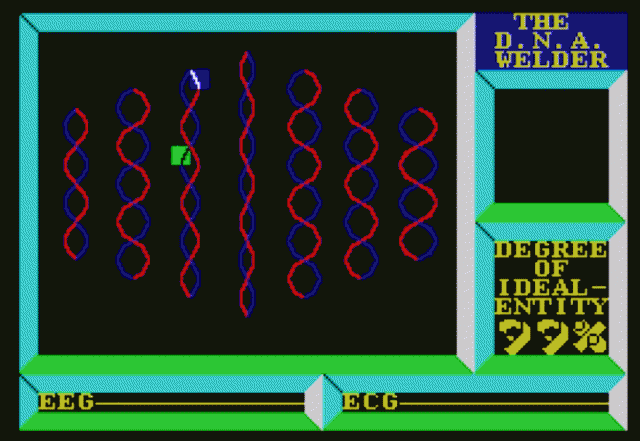
This project by Melanie Hoff is called "15,000 Volts", showcased in 2015. She hooks a a few alligator clips to a sheet of wood, and sends (presumably) 15,000 volts through them, letting the electricity generate branching patterns as it find its way through the trees veins. I thought it was interesting because the action of creating it was very simple(just sending ludicrous amounts of electricity through wood), and it was an application of the spirit of generative art to a traditional or craftsman kind of material. Looking at there other works, this doesn't seem to fit in with their style and interests, but I assume the call back to old craftsmanship, with the sepia tones and material itself, was intentional.
In this project, the algorithm or computer is nature, which means surrendering even more control over what is created. Part of appreciating the work is seeing it be created too. You see the rate at which the branches grow. Who grows first, and in what direction? And eventually some branches thicken as the wood essentially melts. There was an attempt to exercise control in intentionally spacing the clips out, and probably picking out the certain type of wood. For the most part it's a kind of predictable randomness; you know what the general shape looks like, but the subtitles are much more difficult to predict.
Later extensions of this project involve non-conductive materials which force the branches into more specific shapes, using the randomness more for texture than as the main feature.


